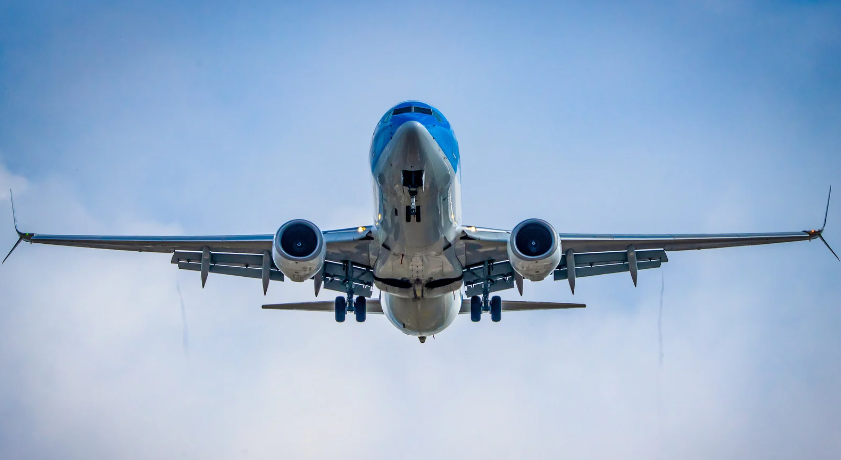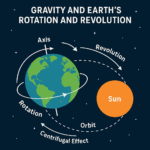
Terrifying Turbulence: Singapore Airlines Flight SQ321 Encounters Deadly Drop

On May 21st, 2024, Singapore Airlines Flight SQ321, a Boeing 777 carrying 229 passengers and crew, departed London for Singapore. A seemingly ordinary flight transformed into a terrifying ordeal when the plane encountered severe turbulence over Myanmar.
A Cascade of Chaos in Mid-Air
Passengers enjoying their breakfast were jolted awake by a violent drop. Reports indicate the turbulence struck unexpectedly, while the fasten seatbelt sign was off. This lapse in passenger restraint, common during meal services, likely played a role in the severity of the injuries. Unsecured belongings rained down from overhead compartments as the turbulence tossed passengers around the cabin. The harrowing mid-air incident tragically resulted in the loss of one life and left over 104 passengers and crew members injured, with some requiring intensive care after the plane made an emergency landing in Bangkok.
The Invisible Threat: Unveiling Clear Air Turbulence (CAT)
The culprit behind this incident? Most likely, clear-air turbulence (CAT). Unlike turbulence caused by weather fronts, which can be predicted by radar with some accuracy, CAT is an invisible and often undetectable menace. It strikes in areas with clear skies, offering no visual warning to pilots or passengers. This makes CAT particularly dangerous – there’s little to no time to brace for the sudden jolts and drops. Research suggests that clear-air turbulence may be increasing in frequency and severity due to climate change, highlighting the urgent need for improved detection methods.
Delving Deeper: The Science Behind Clear Air Turbulence
But what exactly is clear-air turbulence? It’s caused by wind shear, a rapid change in wind speed or direction with altitude. Imagine driving on a highway and suddenly hitting a patch with a significantly different speed limit – that’s the effect wind shear can have on an airplane. As the plane flies through an area with rapidly changing wind speeds, different parts of the aircraft experience different forces. This creates an uneven lift that throws the plane around, causing turbulence.
The Elusive Challenge: Can We Prevent It?
Unfortunately, completely preventing clear-air turbulence is impossible. However, airlines are constantly working on ways to mitigate the risks:
- Enhancing Weather Monitoring: Airlines are investing in improved weather monitoring systems that incorporate data from satellites, high-altitude balloons, and other sources. This data can help create a more comprehensive picture of atmospheric conditions, potentially leading to better predictions of turbulence zones, although predicting CAT remains a significant challenge.
- Elevating Pilot Training: Pilots already undergo rigorous training on handling turbulence, including maneuvers to minimize passenger discomfort and injury. This training equips them to react quickly when encountering unexpected turbulence by adjusting flight paths or altitude to navigate through rough air. However, with the potential increase in CAT, there’s a growing emphasis on refining these skills and incorporating the latest research on clear-air turbulence.
- Prioritizing Passenger Awareness: Airlines can play a crucial role in educating passengers about turbulence, especially the importance of keeping seatbelts fastened “whenever awake” to significantly reduce injuries during unexpected encounters with rough air. In-flight briefings and clear, informative safety cards can go a long way in preparing passengers for potential turbulence.
A Call to Action: A Multi-Faceted Approach to Safer Skies
The Singapore Airlines incident serves as a stark reminder of the dangers of clear-air turbulence. While the cause of this specific event is still under investigation, it underscores the importance of ongoing research and development in turbulence detection and mitigation strategies. By collaborating on improved weather monitoring systems, refining pilot training programs, and prioritizing passenger awareness, the aviation industry can work towards a future with safer and smoother skies for everyone. Remember, air travel remains statistically the safest mode of transportation, and with continued advancements, we can make the skies even safer for all.
Hello, I am Aman (: Full Time Traveler :) At the age of 41, in April 2023, fueled by my love for travel and the determination not to remain fixed like a tree, I embarked on a bold journey. Having dedicated 17 years to a corporate job, I chose to transition from a full-time employee to a full-time traveler, driven by the desire to break free from the routine and constraints of a conventional life. Along the way, I not only explored the wonders of travel but also uncovered the transformative power of financial freedom. I realized how it could liberate me to lead a life teeming with adventure, purpose, and fulfillment. Through my blogs, I am passionately sharing my story, aiming to inspire and provide valuable guidance to those, like me, who aspire to weave travel into a life overflowing with limitless possibilities.





















Post Comment
You must be logged in to post a comment.